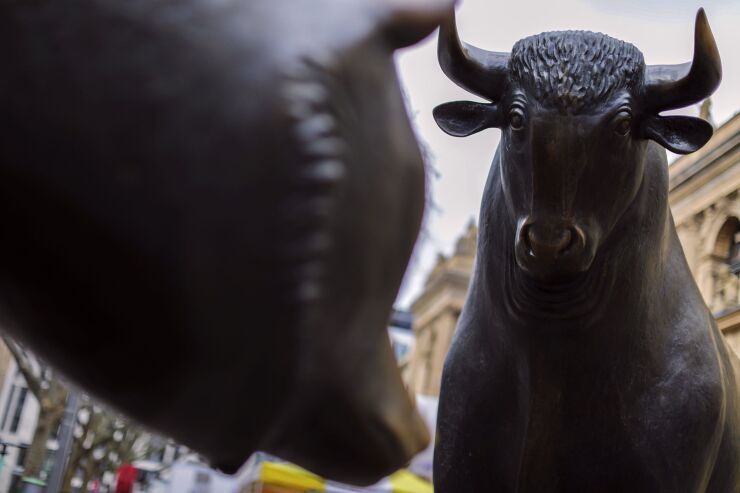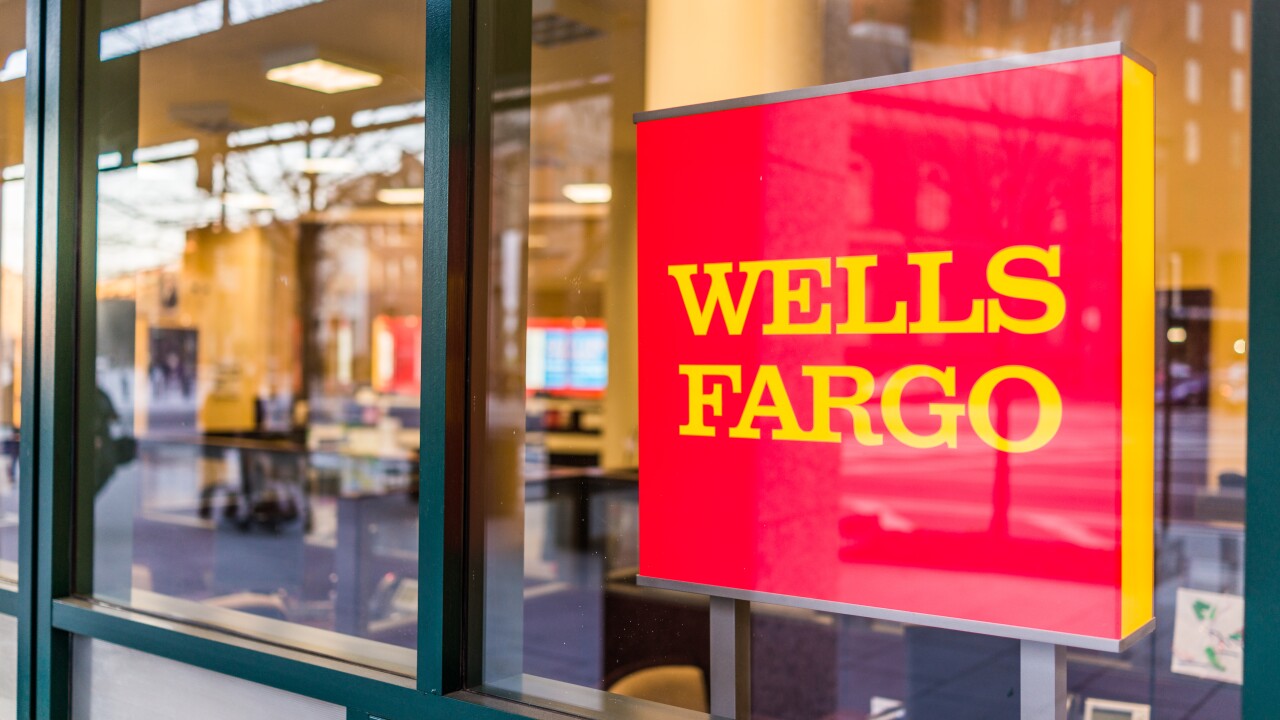Investors have a reputation for dumping their stocks when the market nose-dives, a reputation earned over decades of, well, dumping their stocks when the market nose-dives. Yet
What accounts for investors’ newfound grit? Perhaps they’re becoming savvier with their money, as the billions of dollars moving into low-cost index funds from high-priced actively managed funds suggests. Or maybe the market declined and recovered too quickly last year for investors to react — the drop from peak to trough took just more than a month, and by August the market notched record highs.

But there may be another explanation, one that suggests investors may not be so poised next time the market slumps. The years bookended by the 2008 financial crisis and coronavirus featured one of the all-time great bull runs, and a market that hot for that long has a way of bolstering investors’ resolve. They’re more likely to remain invested having experienced the thrill of a surging stock market, and those accumulated gains help cushion the fall.
And there were gains aplenty. The S&P 500 returned 16.9% a year from March 2009 to January 2020, including dividends. Only three bull markets during the past 150 years produced comparable gains over a comparable period — the Roaring ’20s, the post-World War II boom and the nearly two-decade long rally during the 1980s and 1990s.
But the years ahead are likely to be much different. Fund giant Vanguard, which runs the biggest S&P 500 fund on the planet, estimates that U.S. large-cap stocks will return somewhere between 2.4% and 4.4% a year over the next 10 years, well below the S&P 500’s long-term average of roughly 10% a year. And Vanguard
-
An equity investment plan can help clients get over timing decisions, writes Don Bennyhoff.
April 28 -
The factors that had so many predicting go-go growth over a year ago are still very much in place.
April 23 -
While the worries are all valid, they don’t mean the approach has suddenly become financial suicide overnight, writes Emily Cadman.
June 1
Why does Vanguard expect so little from the market? The culprit,
If that outlook proves true, stocks won’t be nearly as exciting over the next decade, and the gains will be barely perceptible. Will that be enough to keep investors in the market the next time it tumbles?
It’s a timely question not only because returns are likely to be lower going forward but also because volatility is likely to be higher. The years between the financial crisis and the pandemic were some of the calmest on record. Vanguard sees that ending, too. It estimates that the volatility of U.S. large-cap stocks, as measured by annualized standard deviation, will rise to 16.4% over the next 10 years, an increase of about 30% from the post-financial crisis period.
Suffice it to say, owning stocks is more fun when returns are high and volatility is low rather than the other way around. That risk-return trade-off is constantly in flux, and an easy way to track it is by measuring the ratio of return to volatility over time — a higher ratio indicating more buck for the bang, so to speak. That ratio was 1.3 during the last bull market, matched here again by only the big three bull runs in the last 150 years. Based on Vanguard’s return and volatility forecasts, investors can expect a ratio of between 0.1 and 0.3 from the S&P 500 over the next decade, which would rank among the lowest on record.
Forecasts aren’t perfect, obviously, but they’re more reliable than you might think over sufficiently long periods. Long-term volatility, with rare exception, has stayed within a relatively narrow range historically, so it rarely surprises. Future returns are harder to estimate, but not impossible, and any reasonable guess is almost certainly better than naively expecting the long-term average return.
Consider, for example, a simple model such as the inverse of the cyclically adjusted price-to-earnings, or CAPE, ratio. The CAPE ratio for the U.S. stock market is now about 37. Flipping it on its head implies a return of 2.7% a year going forward, which is squarely within Vanguard’s expected range for the next 10 years. That simple model has had a correlation of 0.52 to forward 10-year returns from U.S. stocks over the last 140 years, which is at least a moderate correlation. (A correlation of 1 implies that two variables move perfectly in the same direction, whereas a correlation of negative 1 implies that two variables move perfectly in the opposite direction.)
Aside from their rock-bottom fees, those with the largest gains have at least one commonality: asset allocation.
Now consider the alternative: The market’s long-term average return of 10% a year has had a correlation of precisely zero to forward 10-year returns, so it’s no help at all. And more sophisticated estimates can improve on simple CAPE-type models. Vanguard’s model uses a combination of historical and projected macroeconomic and financial data, such as inflation, yield curves and valuation measures.
No matter how you slice it, though, the U.S. stock market is likely to pay less in the years ahead. There’s good reason to believe investors are no longer easily spooked by a market slump, but the real test may be coming.






